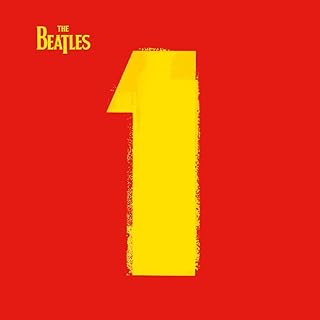On September 23, 1969, a peculiar conspiracy theory gained momentum, alleging that Paul McCartney, a member of The Beatles, had met an untimely demise in 1966 and been replaced by a doppelganger. The theory originated from a student newspaper in the US Midwest, with the sensational headline “Paul is dead.” It claimed McCartney had perished in a car accident after a recording session for the iconic Sgt. Pepper album.
The remaining members of The Beatles purportedly covered up McCartney’s death by introducing a lookalike named William Campbell. The story swiftly spread across the United States, with major radio stations reporting McCartney’s demise before reaching the UK tabloids. This episode marked the emergence of the world’s inaugural conspiracy theory, captivating audiences with its audacious claims.
Adding to the intrigue were perceived clues within The Beatles’ body of work that seemed to corroborate the outlandish narrative. For instance, enthusiasts pointed to the Abbey Road album cover, where McCartney appeared barefoot and out of sync with his bandmates, a gesture symbolizing death in certain cultures.
During this tumultuous period, McCartney had retreated to his secluded Scottish farm, shunning the public eye and inadvertently fueling speculation about his well-being. It was only after granting media interviews that McCartney dispelled the “Paul is dead” myth, reassuring fans of his continued existence and quelling the sensational rumors that had gripped the music world.
Delving into history, this episode underscores the power of conspiracy theories to captivate and mystify, even in the realm of popular culture. The McCartney conspiracy serves as a testament to the enduring allure of mystery and intrigue, highlighting how speculation can swiftly evolve into global phenomena, shaping public discourse and challenging established truths.
As the world grappled with the enigmatic tale of McCartney’s supposed demise and resurrection, the episode stands as a reminder of the human fascination with the unknown and the extraordinary narratives that can emerge from the intersection of celebrity, rumor, and artistic expression.
While McCartney’s case was ultimately debunked, the enduring legacy of the “Paul is dead” conspiracy theory serves as a poignant reminder of the fine line between fact and fiction, truth and speculation, in a world where perception and reality often intertwine in unexpected and captivating ways.
📰 Related Articles
- Unraveling the Mystery: Woman’s Tragic Death at Kata Beach
- Geoengineering: Unraveling Weather Conspiracy Theories and Ethical Implications
- Zealot: Houston Trio Blends D-Beat and Death Metal
- Young Runner’s Tragic Death at Cork City Marathon Sparks Safety Concerns
- Yosemite National Park Unsolved Death Unveils Cult Connection
📚Book Titles
- Why I Dont Feel My Age: Unlocking the Mystery of Age Incongruence
- Fizz, Fortune, and the Pharmacist: Unveiling the Explosive Invention of Coca Cola
- Mysteries in Mortality: Untangling the Threads of Iconic Lives and Deaths
- Templars’ Enigma: The Odyssey of the Lost Treasure and Unveiling Their Ancient Secrets






